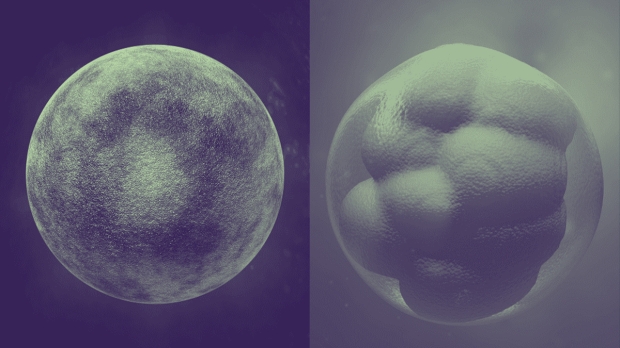A study on the synthetic embryos titled "Post-Gastrulation Synthetic Embryos Generated Ex Utero from Mouse Naïve ESCs" has been published in the journal Cell.
Researchers from the Weizmann Institute of Science have grown synthetic mice embryos with only stem cells cultured in a petri dish. The process did not involve any sperm or eggs, the combination of which leads to the formation and growth of an embryo in nature. Allowing the stem cells to grow into an embryo and the organs that develop as the embryo grows paves the way toward using stem cells to grow tissues and organs using this model in the future.
"The embryo is the best organ-making machine and the best 3D bioprinter - we tried to emulate what it does," said Professor Jacob Hanna of Weizmann's Molecular Genetics Department, who headed the research team.
Scientists have already managed previously to regress mature cells to an earlier stage of "stemness," however, turning these new stem cells into particular, specialized cells has proved difficult. The researchers paired the naïve stem cells, those with the potential to become the most different kinds of cells, with a device they developed over seven years to grow natural mouse embryos outside of a womb. Three different groups of cells were used, and overall, 50 of 10,000, or 0.5 percent, developed successfully into embryos with a 95% similarity to natural mouse embryos.
"Our next challenge is to understand how stem cells know what to do - how they self-assemble into organs and find their way to their assigned spots inside an embryo. And because our system, unlike a womb, is transparent, it may prove useful for modeling birth and implantation defects of human embryos," continued Hanna.
You can read more from the study here.



